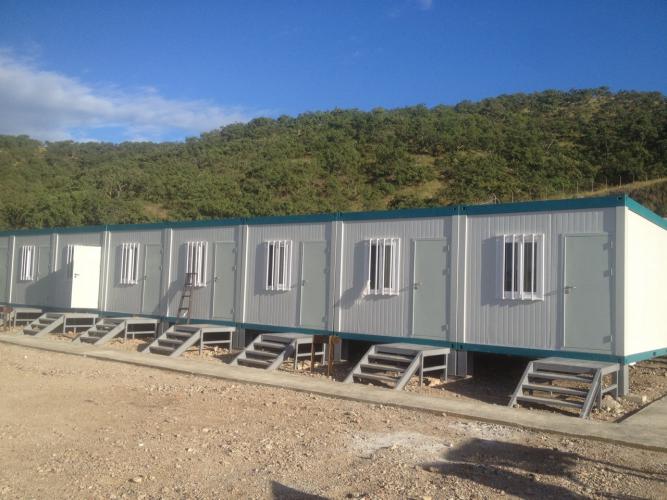Modular construction systems are revolutionizing how B2B organizations in the construction engineering sector deliver large-scale infrastructure projects. This comprehensive guide addresses the key dimensions of modular construction—from market dynamics and technical specifications to procurement strategies and future opportunities—tailored specifically for procurement managers, EPC contractors, project developers, and construction industry stakeholders.
Market Overview and Growth Trajectory
The global modular construction market has reached USD 112.54 billion in 2025 and is projected to grow to USD 214.76 billion by 2034, expanding at a CAGR of 7.45%. This expansion is driven by critical industry challenges: labor shortages, demand for accelerated project delivery, cost control requirements, and sustainability mandates. Europe currently dominates with 42% market share, while Asia-Pacific represents the fastest-growing region at 8.33% CAGR, fueled by urbanization and infrastructure investment. The shift to factory-based production is making the modular construction system a non-negotiable strategy for competitive firms. In the United States, the modular construction market reached USD 20.3 billion in 2024, accounting for 5.1% of total construction activity, with projections to reach USD 25.4 billion by 2029 at a 4.5% CAGR, outpacing the broader construction industry.
Core Definition and Methodology

Modular construction involves manufacturing standardized, prefabricated building components in controlled factory environments and assembling them on-site using bolted or welded connections. Unlike traditional stick-built construction where all work occurs on-site, modular systems shift 60–90% of construction activity to factories, creating a parallel workflow where site preparation proceeds simultaneously with module fabrication.
Three Primary Modular Construction Types:
Volumetric Modular Construction delivers fully enclosed, three-dimensional room-sized modules that are transported whole and stacked for assembly. These units arrive with integrated MEP systems, finishes, and fixtures—ideal for dormitories, bathrooms, and office spaces.
Panelized Modular Construction manufactures flat-packed walls, floors, and roofs shipped separately for on-site assembly, offering greater design flexibility and accommodating larger spans and complex architectural features.
Hybrid Approaches combine volumetric and panelized elements, optimizing for both prefabrication efficiency and design freedom.
Flat Pack Systems represent a cost-effective variant, disassembling modules into roof, floor, columns, and wall panels that compress for transport, reducing logistics costs by up to 60% and enabling on-site assembly in 4–8 hours per unit. Optimizing this modular construction system for logistics is key to deep cost reduction.
Key Advantages for B2B Procurement
Timeline Acceleration: Modular construction compresses project timelines by 30–50% compared to traditional methods. Factory prefabrication and on-site foundation work proceed simultaneously.
Cost Predictability and Control: Projects achieve 10–25% cost savings through standardized production, reduced labor escalation, and minimal material waste. Fixed-price contracts reduce change-order exposure.
Enhanced Quality Assurance: Factory-controlled manufacturing ensures consistent finishes within tight tolerances and facilitates rigorous pre-shipment inspection and testing. This controlled environment reduces defects and rework.
Superior Safety Performance: Relocating high-risk work to controlled fabrication facilities reduces on-site accidents by 30%.
Scalability and Flexibility: Modular units can be combined horizontally or stacked vertically, easily reconfigured, and expanded as project needs evolve. The inherent flexibility of the modular construction system is invaluable.
Sustainability Benefits: Modular construction generates 50–90% less waste than traditional methods. Design-for-disassembly principles enable modular reuse.
Relocatability and Asset Reuse: Entire modules can be transported whole or disassembled for reassembly at new sites, enabling cost amortization across deployments.
B2B Sector Applications
Mining and Resource Extraction: Remote mining operations deploy modular camps featuring containerized dormitories and facilities engineered for extreme environments.
Oil & Gas Infrastructure: Modular construction addresses challenges through separation and treatment skids, compressor and pump packages, and pre-wired electrical and instrumentation buildings. Implementing a modular construction system is now strategic for upstream/midstream projects.
Large Infrastructure Projects: Railways, highways, and airport construction utilize modular accommodation camps and site facilities, achieving timeline compression.
Emergency Response and Healthcare: Modular clinics, isolation wards, and shelters deploy in days, enabling immediate operational capability.
Military and Government Operations: Modular units support tactical operations, barracks, and command centers with scalability and relocatability.
Manufacturing Capabilities and Vendor Landscape
Tier-1 manufacturers in the global modular sector demonstrate substantial scale and capability:
Annual Production Capacity: 40,000+ modular units from single facilities
Technology Integration: CNC cutting systems, robotic welding stations, automated assembly lines
Certifications: ISO 9001:2015, CE marking (EN 1090-1:2009+A1:2011), AWS welding inspector certifications
Market Position: Chinese manufacturers command 60% global market share with 30–50% cost advantages through scale economies
Product Categories: Container Houses (15–40 years service life), ZA-Type Steel Structures (25+ years), Light Steel Villas, M Steel Structures, and H Steel Structures. Selecting the appropriate modular construction system depends on the required service life and load capacity.
Challenges and Mitigation Strategies
Supply Chain Fragility: Global disruptions can halt fabrication. Mitigation includes localizing supply chains and implementing multi-tiered supplier strategies.
Poor Site-Factory Integration: Modules fabricated faster than site readiness creates bottlenecks. Mitigation involves Critical Path Method (CPM) scheduling and 4D BIM integration to align factory production with site preparation.
Limited Standardization: Over-customization defeats economies of scale. Mitigation involves adopting product platforms with standardized cores and interchangeable components.
Regulatory Fragmentation: Differing municipal codes complicate multi-jurisdiction projects. Strategies include engaging code consultants and obtaining pre-approval letters.
Relocatable Building Management: Tracking and reconfiguring modular units is complex. Solutions include Digital Twin technology integrating BIM, IoT, and cloud-based asset management platforms for the entire modular construction system lifecycle.
B2B Procurement Process and Commercial Models
Two Primary Commercial Models:
Project-Based Sales Model: Manufacturers provide custom designs and complete module production for specific projects.
Rental and Fleet Management Model: Manufacturers maintain operational modular fleets rented for temporary uses. This often provides significantly higher EBITDA margins.
Hybrid Models combine both sales and rental capabilities, balancing production across market cycles. Cooperative Purchasing Agreements offer leveraged purchasing power to governmental agencies. Procurement managers must specify the exact modular construction system required based on project scale and duration.
Future Trends and Strategic Opportunities
Automation and Robotics: Automated processes increase production throughput and precision.
Smart Buildings and IoT Integration: Modular units increasingly incorporate embedded sensors for real-time performance monitoring, creating "smart camps."
Circular Economy and Modular Remanufacturing: Design-for-disassembly principles enable second-life deployment and component remanufacturing, supporting emerging circular business models.
Small Modular Reactors (SMRs): Nuclear energy's shift toward modular designs creates opportunities for modular construction techniques. The use of a specialized modular construction system is critical for this high-compliance sector.
Hybrid Construction Methods: Combining volumetric units with site-built elements optimizes both prefabrication efficiency and architectural freedom.
Strategic Recommendations for B2B Buyers
Pre-Procurement Assessment: Define requirements rigorously (capacity, environmental conditions, timeline, budget, regulatory requirements); assess logistics capability.
Vendor Selection: Prioritize manufacturers with proven global experience (2,000+ projects across 100+ countries), verify certifications, and benchmark costs competitively using lifecycle analysis.
Contract and Risk Management: Establish clear schedules using 4D BIM; define quality acceptance criteria with factory, pre-shipment, and on-site inspection; negotiate performance guarantees on structural integrity.
Ongoing Optimization: Implement digital twins and IoT monitoring for lifecycle tracking; capture lessons learned for future deployments; explore circular reuse models.
The modular construction system market represents a strategic imperative for B2B organizations seeking to deliver complex projects on accelerated timelines with cost predictability, assured quality, and sustainable operations. Success requires sophisticated vendor evaluation, rigorous procurement planning, digital technology integration, and lifecycle management strategies aligned with evolving project and organizational requirements.



More

More
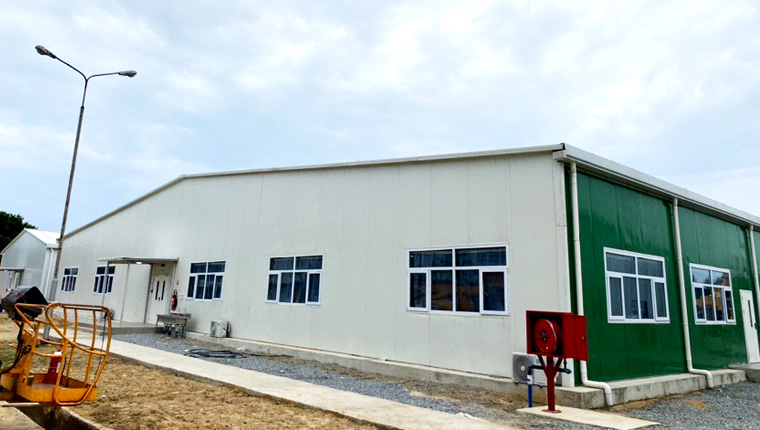
More
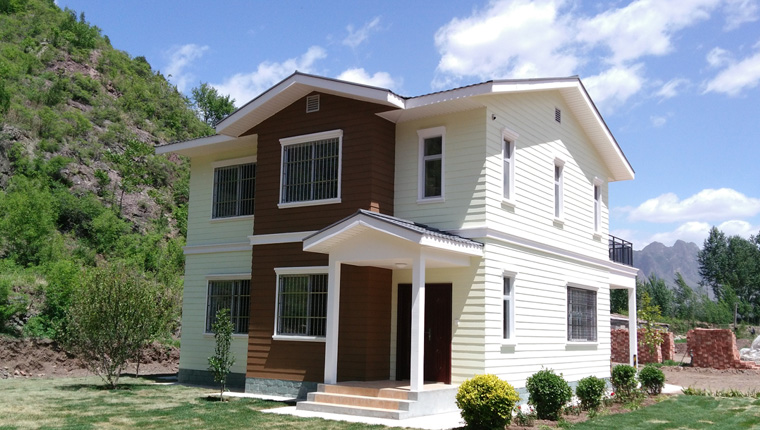
More

More
Learn More


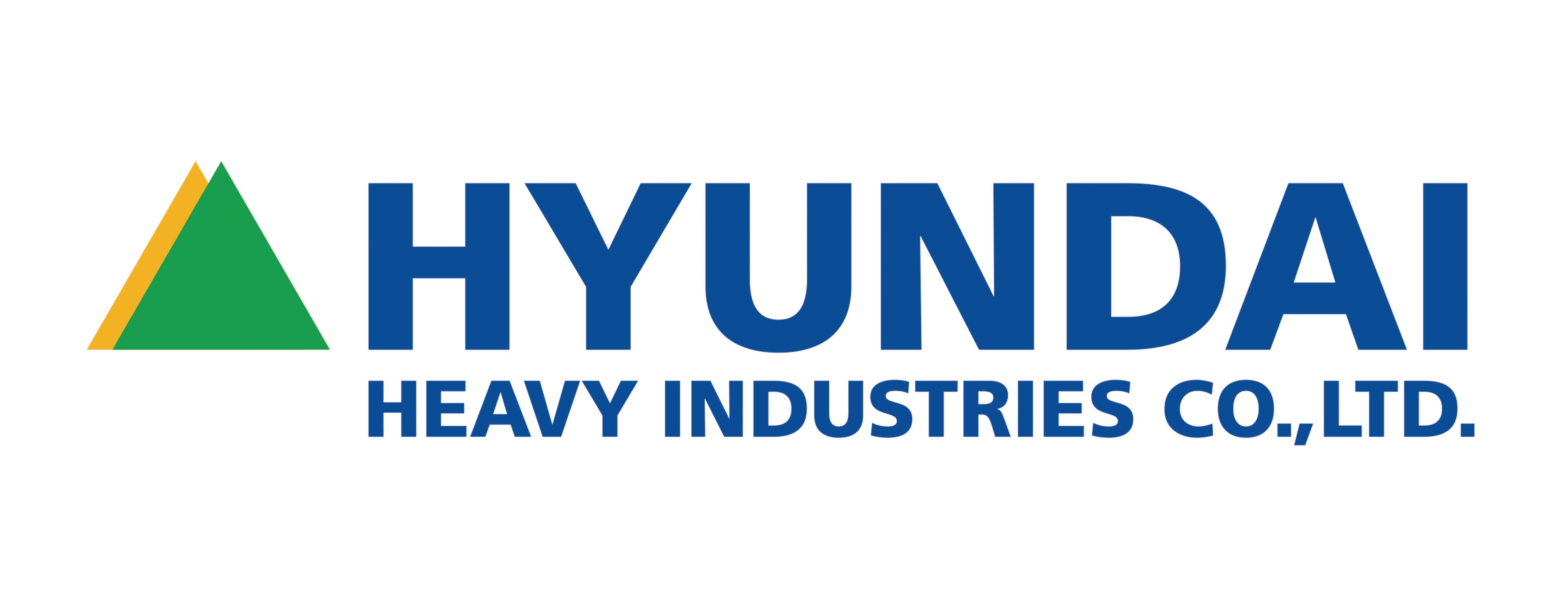
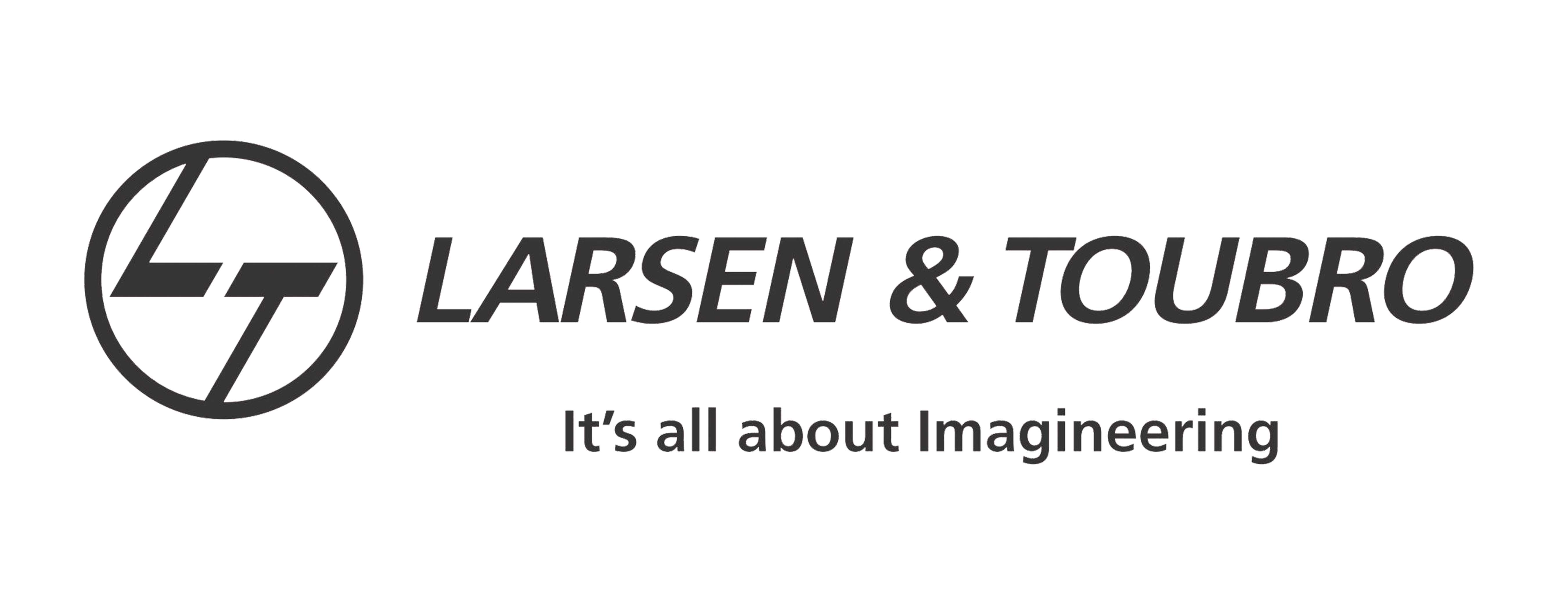






















![Top Advantages of Modular Construction Explained [2025]](/uploads/upload/images/20250424/0fb390068474145a09a8c0504c73b1d2.png)
